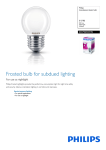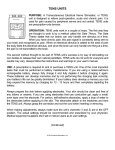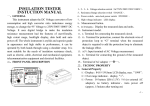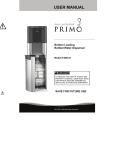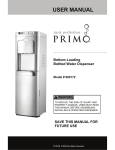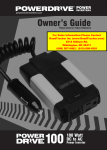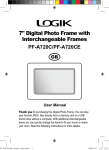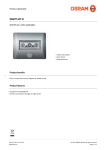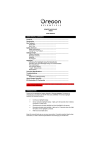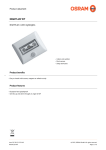Transcript
ADJUSTABLE BEDS & ACCESSORIES PURPOSE: Adjustable beds are designed for individuals who need to have their position changed frequently. This includes the height of the bed and elevation of the head and/or foot of the bed. There are many reasons for needing such a bed. The users must at all times adhere to information in this document and to the operational and safety procedures in the manufacturer’s user manual. Always follow your physician’s instructions on changing position and head and foot height. If you have not seen a physician, we recommend you do so. TYPES: There are three basic types of adjustable beds and they differ in the amount of electric operation. There are manual beds with which all adjustments are manually made by hand cranks. These beds are the least costly and are designed for individuals that require infrequent changes in position. Semi-electric beds are the most popular and combine the electric adjustments in the head and foot and manual adjustment in the bed height. Full electric beds are the most expensive and are difficult to justify for medical necessity. All adjustable features of the bed are adjusted electronically. USE: The bed should never be disassembled or assembled by the user. There are specific instructions and safety precautions that must be followed when putting up or taking down the bed. If the bed needs to be moved, notify your equipment rental company and they will move it for a modest fee. When using the bed, side rails should always be used. They should be in the upright position. The hand control has buttons that control the height of the head and foot sections. Push the appropriate button to adjust the section of choice. Never allow any liquid to spill on the bed. If liquid spills on the bed, immediately unplug the bed and clean up the liquid. Two of the bed wheels should have locks and should be engaged at all times. Do not let any extremities extend over the side or between the bed rails. SAFETY: Never leave a physically challenged individual or a child unattended in the bed. You should never place anything under the bed, including people. Always abide by the manufacturer operational and safety guidelines. Only one person is allowed on the bed at one time. Each bed has a maximum weight limit, usually 450 pounds. Use extra caution for mobility risks and risks of falling, including: • • • • • Poor lighting: Use of nightlights, flashlight by bedside, lamps or light switch that can be reached easily. Poor walk spaces: Fix loose floorboards, paint uneven floors, use wet floors signs, keep snow and ice cleared from entrances, ensure carpet is firmly attached to the stairs, do not walking in stocking feet, and remove loose rugs, clutter, cords, and excess oxygen tubing. Equipment: Replace worn or cracked walker, crutch, and cane tips, use colored oxygen tubing on light carpet, and tighten loose handrails. Bathroom: Install grab bars, use bath mats with suction cups, and use elevated toilet seat. Medications: Be aware of medications that may cause dizziness, drowsiness, and unsteadiness. MAINTENANCE: A certified professional should only perform maintenance. Your medical equipment company is fully qualified to fix and maintain adjustable beds. If you suspect your bed has any problem, consult them immediately. Do not use the bed until it has been evaluated. © 2005 Aspirant Education, Inc.
